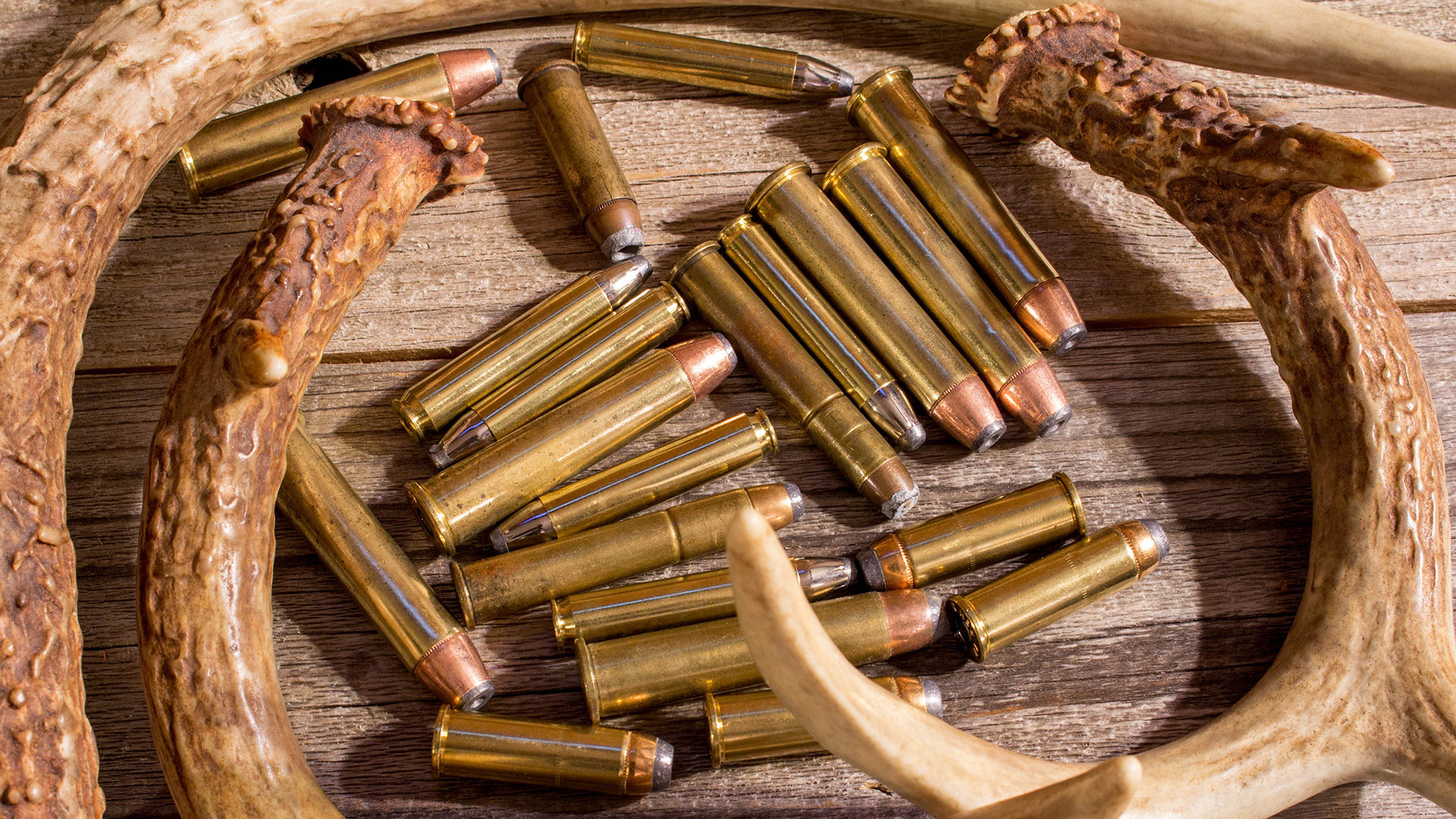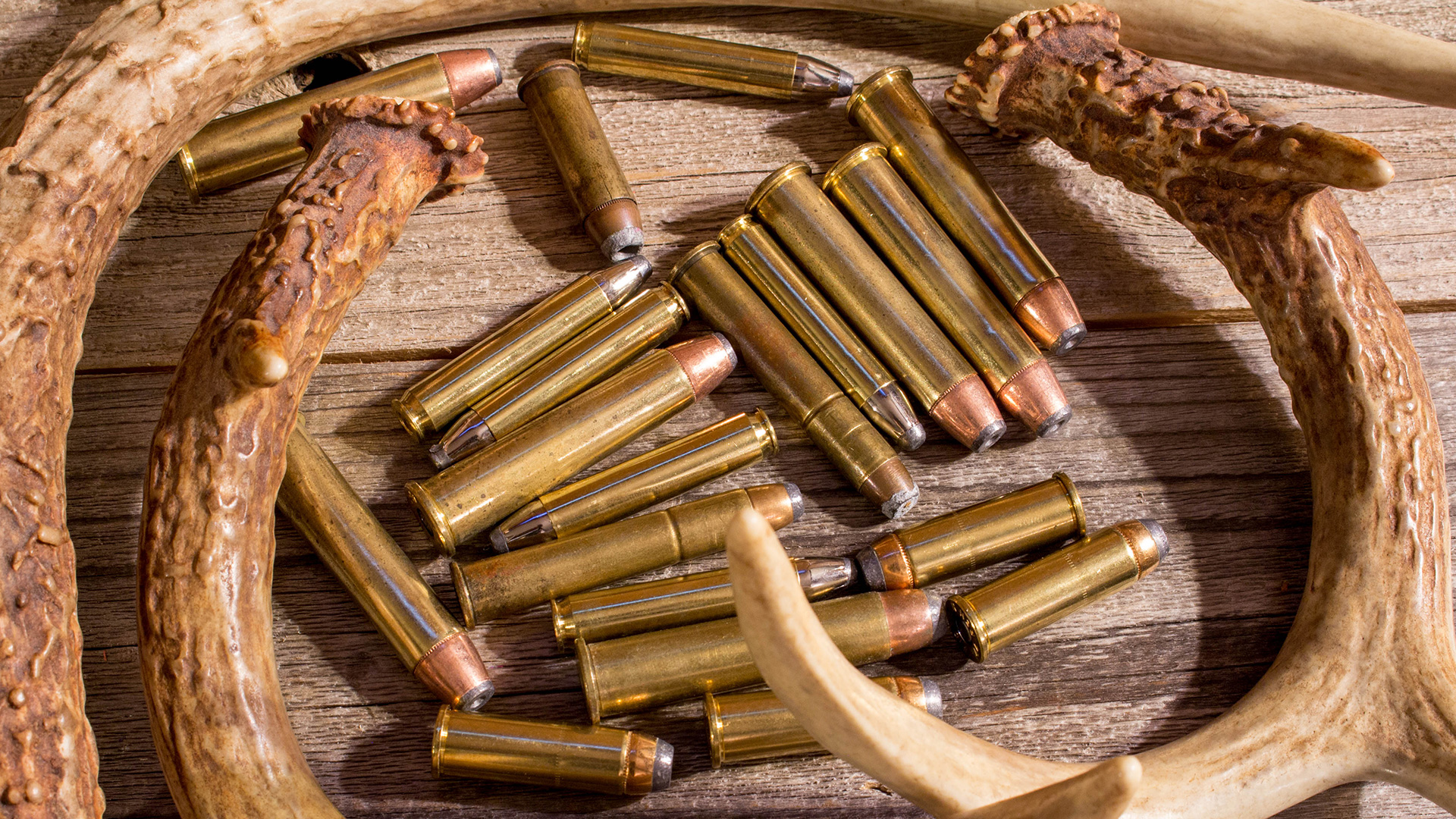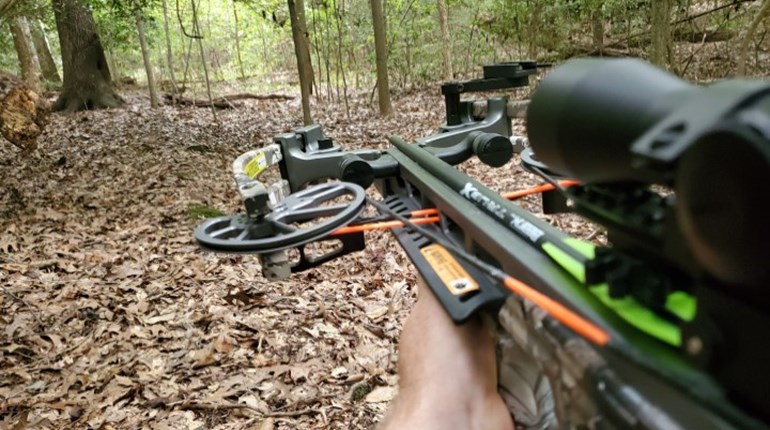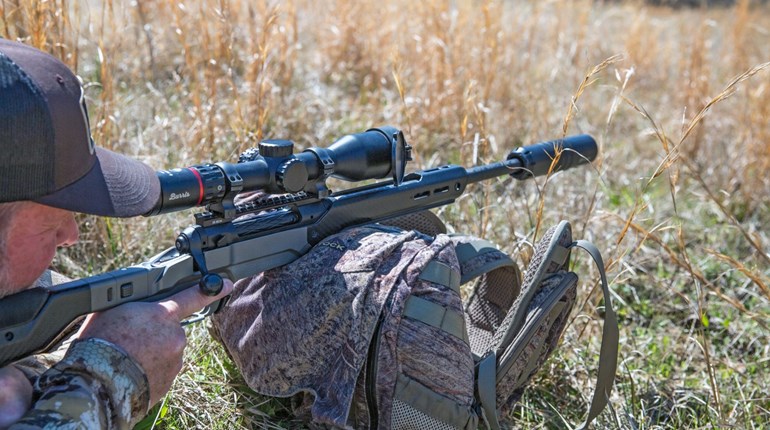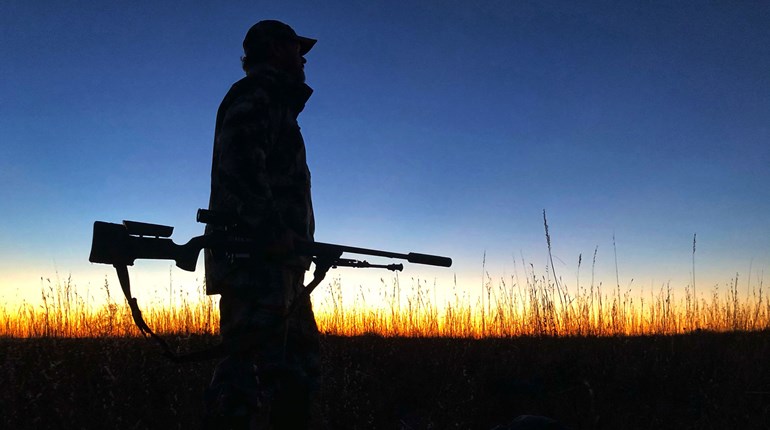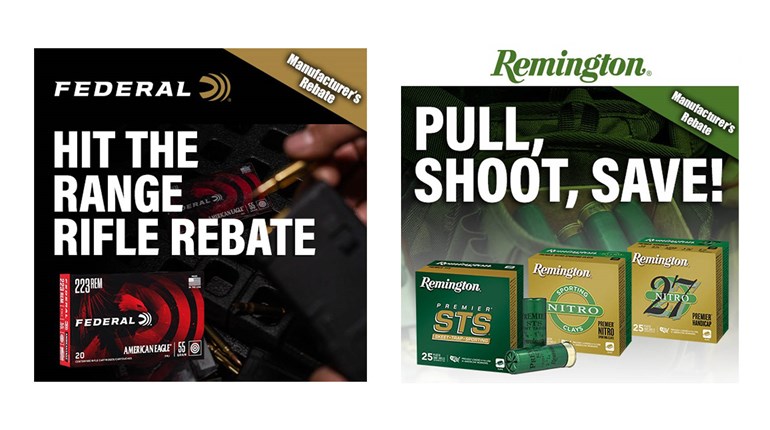Just like guns, there is no such thing as too many bows. But, honestly, if your current bow fits you there are only three good reasons to buy a new one. If you don’t fall into one of these categories then you can likely get by with only a few upgrades to your accessories and some routine maintenance to your bow.
First, buy a new bow if your current one is not super-quiet. There are many bows on the market that deliver the arrow with a whisper, and you should definitely want one. The benefits are obvious, and I’ve seen them firsthand. Game is less likely to jump the string with a quiet bow and it is even possible to get off more than one shot, in some cases. Plus, I find that I’m a little more relaxed when shooting a quiet bow.
Secondly, you should consider a new bow (or maybe just new arrows) if you missed an important shot because of misjudged distance or a deer that ducked the arrow. Anyone who shoots past 25 yards will eventually face such a day. A faster arrow (either because the bow is faster or the arrow is lighter) will flatten your trajectory and help compensate for small errors in distance estimation. If football is a game of inches then bowhunting is a game of fractions of an inch. I have lived the nightmare of being just off on really important shots. I hate it. Faster is better, no doubt about it.
The third reason I would buy a new bow is if my current bow isn’t tunable. Some bows come right from the factory in this ill condition. This is due almost entirely to two causes—cam lean and/or poorly designed single-cams that don’t produce level nock travel at the archer’s draw length. Some bows reach this basically unserviceable condition through wear and tear. The cam bushings may wallow out, the riser may become bent due to abuse and the limbs may assume a more severe twist as time takes its toll.
Regardless of how it gets there, an un-tunable bow is maddening—I’ve owned several. If you’ve tried everything and you simply can’t get your bow to tune, maybe it’s not you. Maybe it’s the bow. If so, you will enjoy archery more and see better results after finding a bow that produces perfect arrow flight. A good archery pro shop is the place to start—either diagnosing the problem or helping you select a new one. And if you decide to buy a new one, look for a few things.
First, shoot any potential new bow with your current arrows (assuming they are the right stiffness). This will permit you to gauge all the important variables—noise, speed and tuning—versus your current bow. Ideally, you will be able to shoot both bows through a chronograph at the archery shop. If the new bow isn’t at least 15 fps faster, the difference won’t be readily noticed and it makes no sense to buy if greater speed is your sole reason for the purchase.
Next, ask if you can paper-tune the bow. If the shop isn’t busy, I bet the staff will likely let you take a few shots through paper—especially if they know you are serious about buying the bow. If, given a reasonable amount of effort, the bow won’t tune, forget it and move on to one that will.
Third, listen carefully to the sound of the bow as you shoot it. Better yet, have a buddy stand nearby and listen too. Again, it pays to shoot the new bow side-by-side with your old bow to see if it is noticeably quieter. Try several bows to see which is the quietest. I have tested bows in a lab setting and learned that there is a wide range in the noise levels associated with today’s bows—even between bows from the same manufacturer. It definitely pays to shoot the actual bow you are thinking about buying to make sure it is quiet.
Each year bows and accessories get more reliable, quieter and more accurate. Don’t let next season’s outcome hinge on a loud, slow bow that can’t be tuned. If you’re behind the curve in archery gear, this may be the year for an upgrade.








